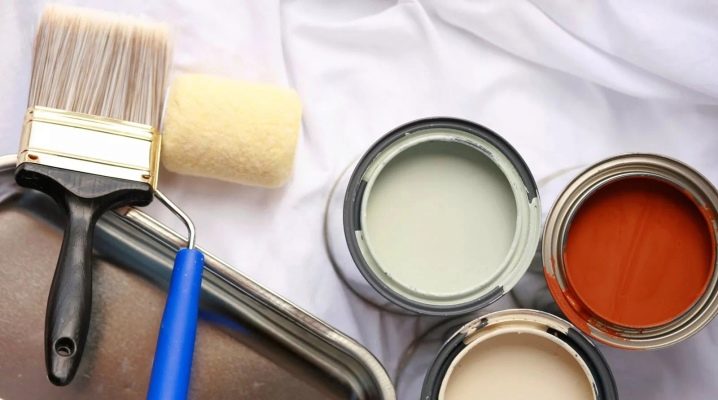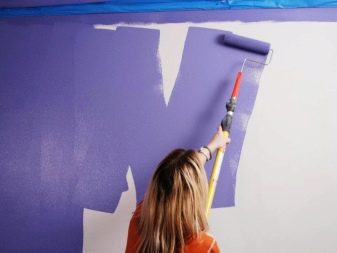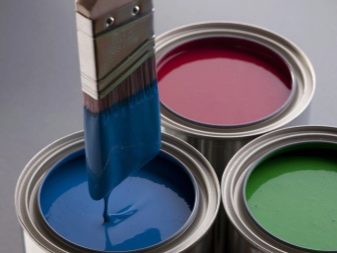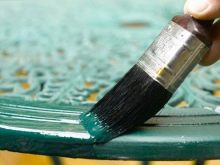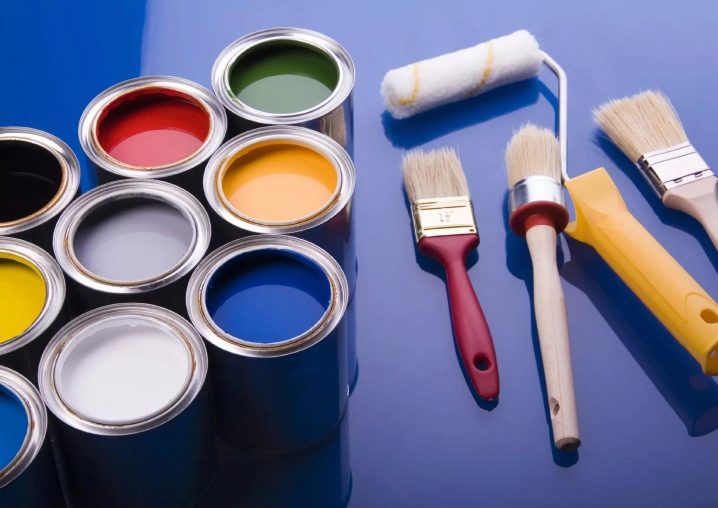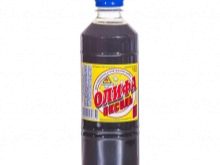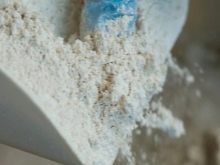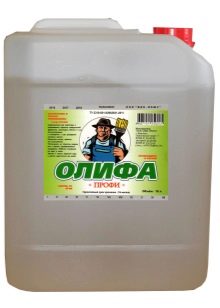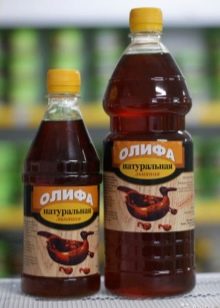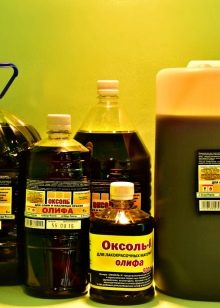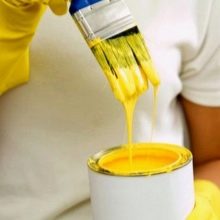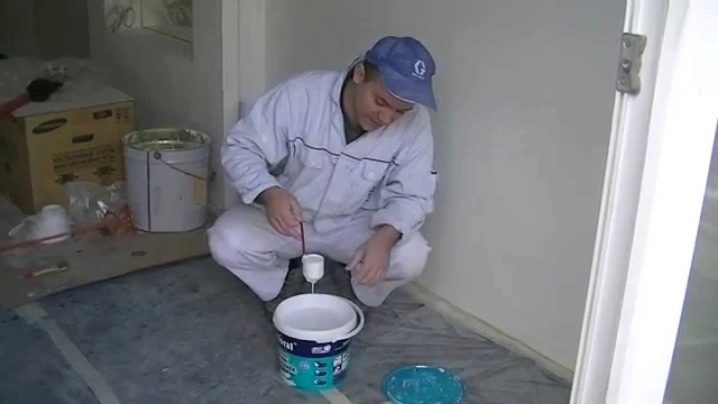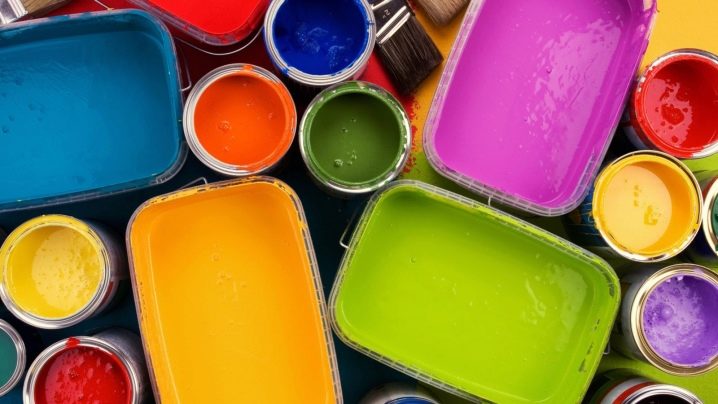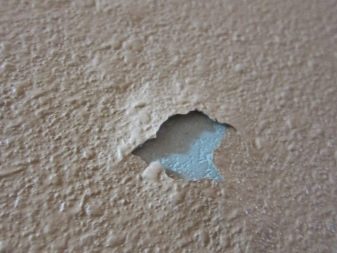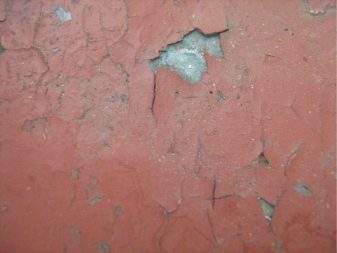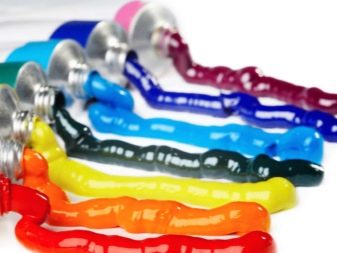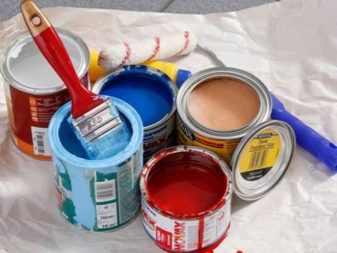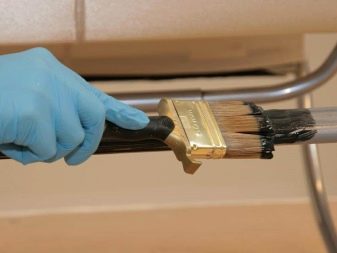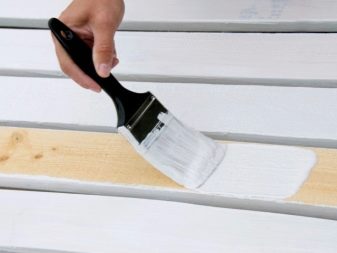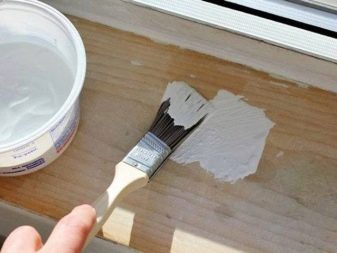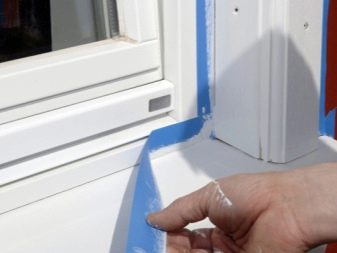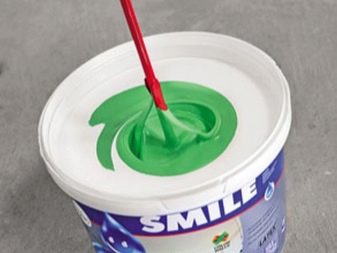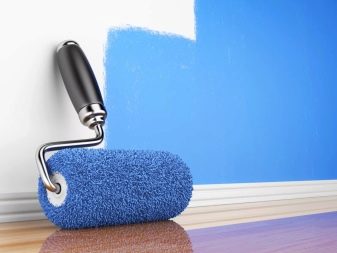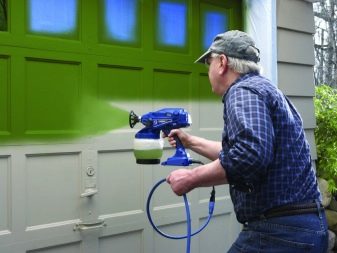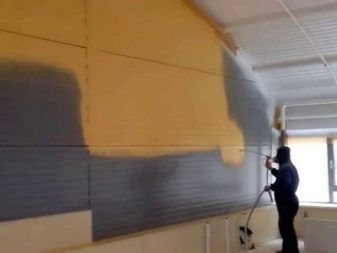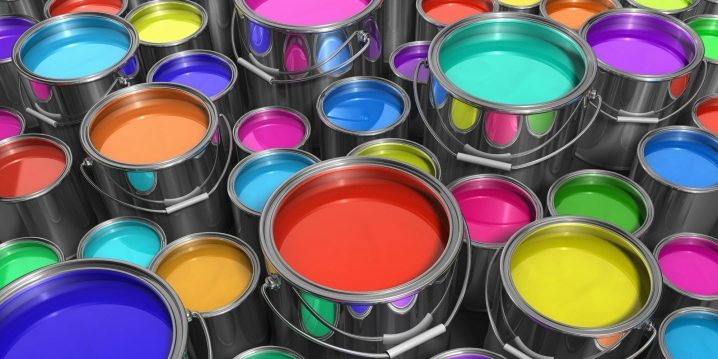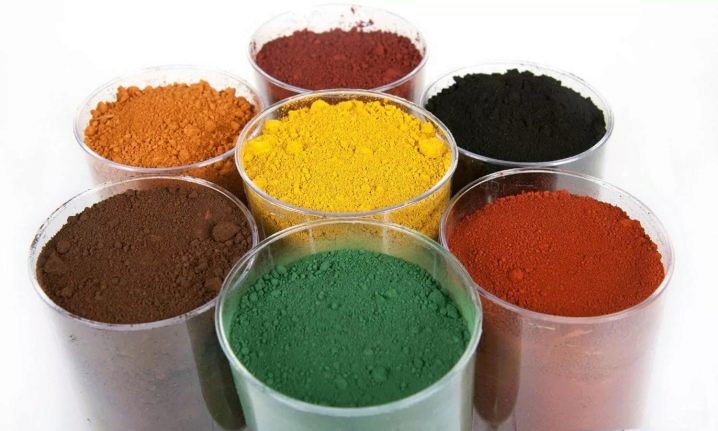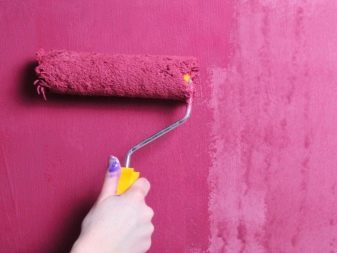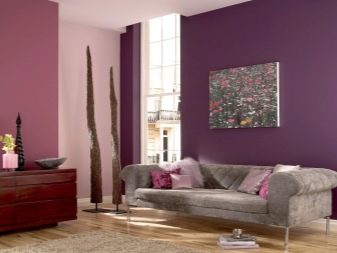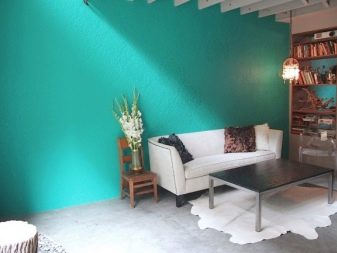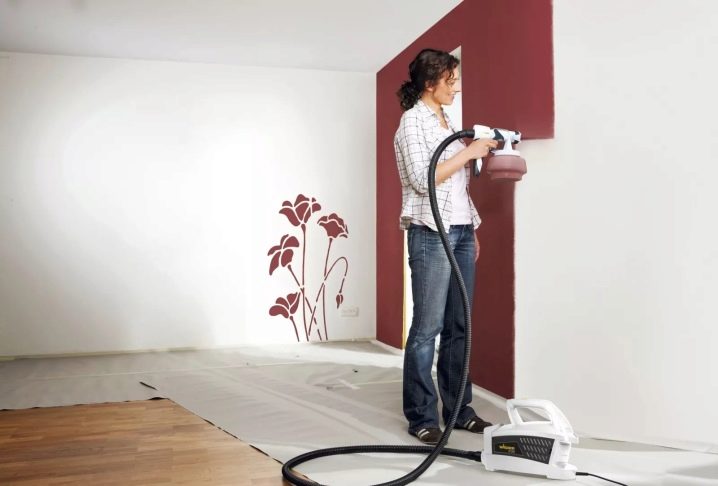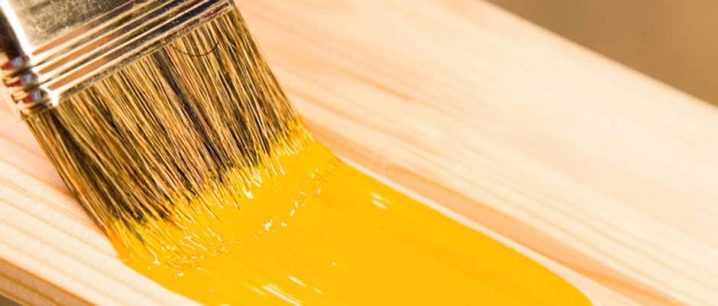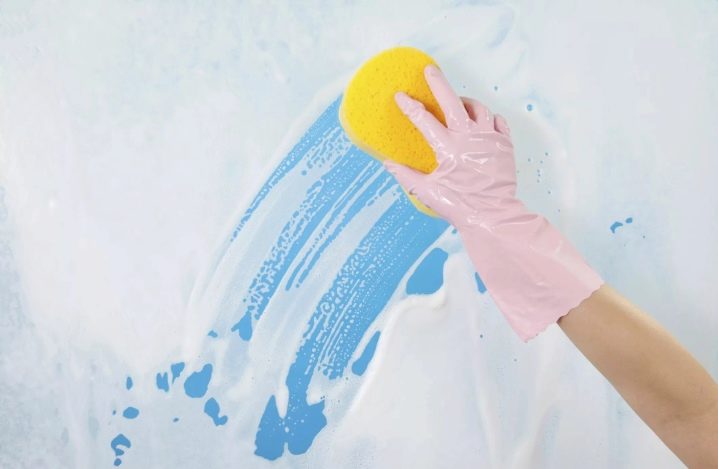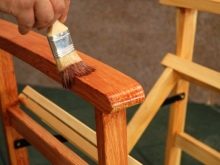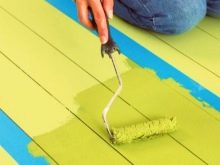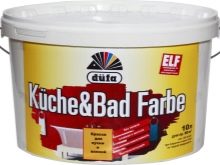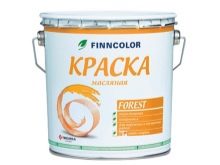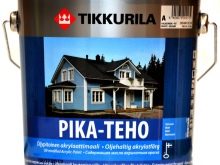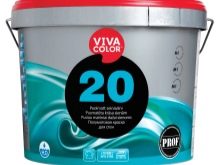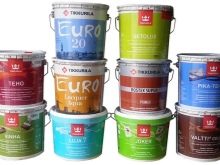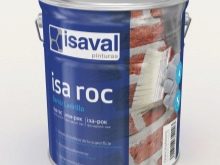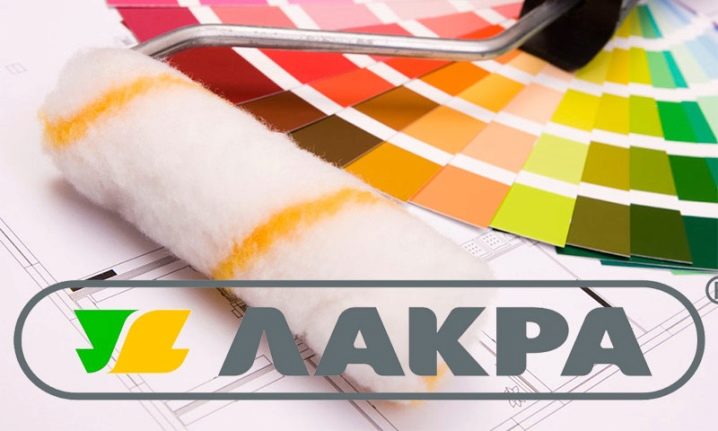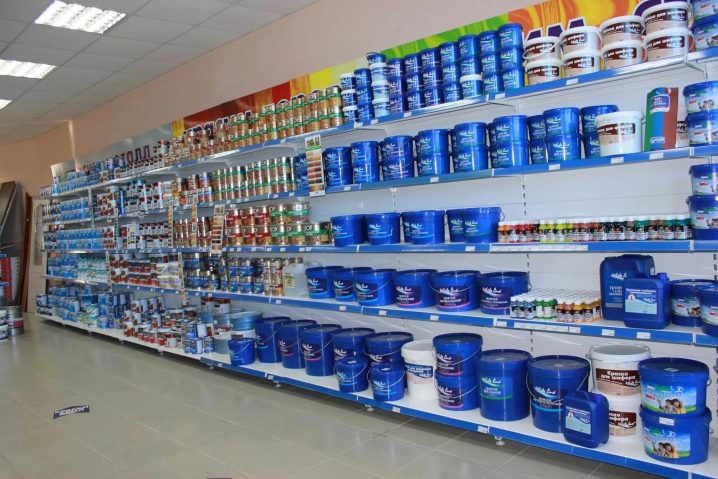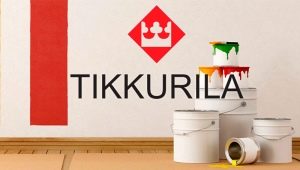Oil paints: types and application
Currently, repairs of any complexity are made easy thanks to the professionalism of builders, innovative technologies and a wide variety of finishing materials. Paint coatings also play an important role in achieving repair efficiency. Their range consists of various types of paints.
Special features
Oil paints - paints and varnishes, which are made in the form of suspensions with vegetable fillers. Depending on the type, they are used in painting, for painting wooden and metal surfaces.
The main components of paints are pigments and binding components. The first give the paint a specific shade. They usually change the characteristics of the suspensions obtained, for example, they can slow down or speed up hardening, reduce corrosive wear, and increase the operational life.
There are several types of pigments:
- colored (chromatic);
- black and white (achromatic);
- organic;
- inorganic.
Oil paints are made with pigments on both organic and inorganic basis. Pigments are made from mineral flour, which does not dissolve. As a binder used linseed oil. Coloring compositions settle at the bottom of the jar, so before you start working you need to shake the jar carefully.
The second main component of the paint is a filler, which is used in order to save pigment. These include kaolin, talc, mica. To improve performance, for example, for faster drying, a desiccant is added to the paint. It is a cobalt, manganese, lead salt, capable of dissolving in the drying oil. In order to facilitate the dispersion of the pigment, surfactants are used.
Drying oil is the main component of natural paints. In recent years, their cheap synthetic substitutes have been increasingly used. Due to the ability of slow evaporation of oils, drying of the painted surface will take quite a long time.Only by adding siccatives can an accelerated drying process be possible.
The following types of drying oil are used for the production of oil paints:
- The composition of natural varnish content of vegetable oil reaches 97%. The oil used is flaxseed, sunflower, soybean, hemp base, the remaining 3% is the catalyst of the process.
- Oxol contains a little more than half of the composition of natural oils, 40% - white spirit as a solvent, the desiccant accounts for 5% of the composition. Unlike natural varnish, the price of oxol is much lower, but due to the solvent content, it prevents ozonation.
- In the combined linseed oil the same composition as in oxol, only in other percentages. The solvent accounts for up to 30% of the entire mixture, 70% - vegetable oil.
- Alkyd drying oils are alkyd resins mixed with natural oil, catalyst and solvent.
- The composition of synthetic drying oil includes refined petroleum and other industrial waste.
Sometimes, if necessary, bring the composition to the required thickness. The following diluents are used for oil paints:
- Turpentine - an essential oil with a complex chemical composition, which is obtained by processing the resin of coniferous plants and turpentine.
- White spirit is a residual product of oil refining.
Since all diluents are active chemicals, they should be used with caution. They are added gradually, in small portions, since a high content of diluent destroys the connection between the pigment and the drying oil.
Specifications
To choose the right paintwork material, you need to know the most important characteristics of an oil paint:
- The content of film-forming substances. The best option is more than 26% of the total. For paint durability, it is necessary to know the percentage of these components. The higher it is, the higher will be the life of the coating.
- The content of volatile components in the composition of the paintwork material is usually within 10%, as they are toxic and harm human health. At ambient temperatures above 20 ° C, they evaporate and give off a specific odor. Therefore, after painting the surface, it is recommended to ventilate the room.
- The degree of grinding components of paint.This indicator should be below 90 to get a smooth surface, and for large values, the likelihood of surface roughness is high.
- The viscosity of high-quality paint is in the range of 65 - 140 points. It determines the fluidity and hardening time of the coating. A good oil paint dries for about 48 hours.
- The hardness of the film is especially taken into account when processing exterior walls. With an increase in the degree of hardness, the service life of the paint increases and the influence of external factors on it decreases.
- Absolute hydrophobicity is important for the separation of external walls, and for internal the indicator ranges from 0.5 to 1 unit.
Advantages and disadvantages
Advantages of oil paints:
- possibility of use for internal and external walls;
- fits well on the raw wall, as well as on top of other paints;
- resistant to frequent washing;
- low consumption due to a high degree of coverage;
- low cost compared to other types of paint;
- good adhesion ability;
- reliable surface protection.
Disadvantages:
- due to the content of toxic components in the composition of a person may experience a strong allergic reaction;
- sharp odor;
- dry for a long time (sometimes up to several days);
- the painted surface gradually peels off and cracks due to the lack of ability of the paintwork material to breathe;
- when the paint is stored for a long time, it undergoes some changes: it becomes rubbery or gelatinous, the mass hardens. Such paint becomes unsuitable for work.
Despite significant drawbacks, oil paints are produced in large quantities. State Standards strictly control the quality of these materials for decoration, denoting each type of paint with various combinations of letters and numbers.
Types and scope of application
Currently, two types of oil paints are available: paste-like, or thick and rubbed, and liquid, and ready to use. The first get in the mixer and rubbing on a special grater. Obtaining a second type involves mixing the composition in ball mills or diluting paste-like paints with natural drying oil.
The scope of alkyd materials depends on the pigment and drying oil used. They are applied to the surface of wood, metal, concrete, plastic, bitumen plaster. Often used for finishing as a primer.They paint pipelines and batteries.
The paint is often used to protect against high humidity due to their water impermeability, which does not have enameled and tempera coatings. But this advantage of oil paints is interrupted by a serious drawback: during operation, the paint peels off on the surface and disappears.
When coloring it is necessary to consider:
- When processing window frames, door harnesses, walls and glass are usually dirty. Removing stains from an oil base will not be easy, therefore it is necessary to protect parts that should not get dirty. Walls can be made with plywood, cardboard, tin sheets, and glass can be pasted over with paper.
- If you still get dirty glass, you can prepare a mixture of crushed chalk and an aqueous solution of washing soda. The mixture should be in the form of a paste. It is necessary to apply the consistency on the glass and leave it in this form. The paint will become softer and can be removed using a fabric or paper material. To remove dried paint from the wall, you need to attach aluminum foil and iron it with an iron. Then the spatula can remove the soft paint.
- For mixing paint to avoid contamination of clothing, you can use a drill. To do this, you need to make a hole on the lid of the can, insert the rod and fix it with the back side into the drill. It remains only to turn on the device and mix the contents of the jar for 60 seconds.
- To remove the paint from the body, you need to use a special solvent agent, but if it is not at hand, you can try to cleanse the skin with vegetable or animal fat. Also, laundry powder will do a good job with this task.
- After painting windows and doors it is impossible to close them until the paint is completely dry, but if the need arose, you need to lay a foil between the doors.
- It is better to paint metal walls with a spray gun - this is how the surface will look neater.
Colors
Coloring the paint in a specific color depends on the inorganic pigments - achromatic, giving black and white, and chromatic, giving color shades.
Achromatic pigments allow you to get:
- zinc white, which have a high prevalence and low cost, gives white color;
- titanium oxide also gives a white tint;
- lipotone - zinc sulfide mixed with barium sulfate gives a shade of white;
- carbon black (carbon black) and graphite give dark pigments;
- zinc, aluminum, brass, bronze powders give a bronze, silver (metal), matte shade.
The most common chromatic pigments:
- yellow - iron hydroxide;
- iron oxide is red;
- red lithium is lead oxide;
- brown - chromium oxide;
- green - cobalt.
When the content of the only dye in the composition of the paint gets the name of the coloring pigment: “red lead”, “ocher” and many others.
All information about the paint is written on the label, which notes the main purpose, the necessary thinners, color palette, the average consumption per square meter, the features and duration of drying, as well as the conditions of staining.
It often happens that it is very difficult to find an identical shade of paint from one manufacturer. Therefore, it is recommended when buying several cans of a paintwork material of the same color to ensure that all of them were issued by the same company, of the same brand and with the same party number. Only in this case, you can get the desired result.
How to choose?
Oil paints are often used for exterior decorating. They have a high level of resistance to the effects of adverse weather conditions: frost, temperature changes, sunlight. Paint protects the painted surface.
The composition can be used for indoor use, but not for painting floors due to its low resistance to mechanical damage.
Before you start outdoor work, you must first prepare the surface, for which you are actively using solvents. They bring the consistency of the composition to the desired consistency. The most famous solvents are gasoline, turpentine. Treatment with antiseptics and primer will allow the coating to lie evenly, without subsequent exfoliation and peeling.
Paints protect from increased moisture, prevent the occurrence of mold and fungi, damage to pests. A quality choice of paintwork material will allow you to get a stable surface to the effects of ultraviolet rays, a bright fresh shade for a long time. The coating usually serves at least 5 years.
Oil paints for finishing exterior surfaces on the modern market are represented by a small variety of colorshades. To obtain a certain color, several types of paints have to be mixed. This composition does not meet environmental requirements due to caustic chemical smell.
The interior decoration should be approached responsibly as when choosing design solutions, and when choosing an oil coating.
For interior decoration of the house using materials with organic solvents. As solvents, gasoline, white spirit and kerosene are most commonly used. When working with them, you should follow safety precautions, and use a respirator during the painting process. For several days, the solvent gradually evaporates, so there is a sharp unpleasant smell inside the room. It is necessary to ventilate the room until no odor remains, since various toxic impurities are in the air at this time.
The main disadvantages of oil paints are the loss of the original color with the acquisition of a yellowish tint and high fire risk.
If it is necessary to paint a wooden surface, and on the label of the jar it is written that the paint can kill wood pests, it should be abandoned.Due to the content of pest control additives, toxic gases are emitted into the atmosphere.
If the label says "resistance to dry abrasion" - this means that the surface can be rubbed with a dry cloth. And “washable, resistant to intensive washing” means that the surface can be washed with a damp cloth.
If the paint contains vegetable oil, this means that it meets the requirements of environmental friendliness. Typically, the label indicates its percentage.
Paints containing toluene, polyvinyl chloride (PVC), xylene, are not recommended.
Natural paints are different from environmentally friendly and paints on a natural basis. They are made from harmless natural ingredients - silicone, methylcellulose, natural wax, shellac, casein and xanthene. The resulting shade depends on the mineral, land, plant and animal pigments.
For floors, you should choose high-strength paints, for furniture - not prone to yellowness, for doors, window frames - standard.
Compositions with natural ingredients are much more expensive than paints of synthetic origin, but they are distinguished by a long service life and health safety.
Consumption
When finishing surfaces with oil paints, the average consumption is from 100 to 150 grams per 1 m2. The amount of material spent depends on the structure and surface roughness. For example, wood absorbs liquid well, including paintwork, so 2 coats of paint are applied to a wooden surface. Also, depending on the degree of preparation of the wall for painting (primer, sanding), the consumption of material depends.
Manufacturers
Manufacturers such as Finnish meet all European quality standards. Tikkurilacanadian Forester, Deutsch Dufa and several others. They produce products suitable for harsh climatic conditions. By this they have gained a good reputation. Large-scale production produces materials for all types of work, with a wide range of colors, and means for preparing the surface for painting.
Manufacturers, along with high quality products, offer an expensive price for it. Drawing attention to the less well-known European brands, you can save a lot on paint. These manufacturers include Estonian Vivacolorspanish Isaval, Deutsch Reesa. They try not to give in to their not-cheap counterparts, but their advantage can be attributed to the low probability of acquiring a fake.
Manufacturers in Russia have just started to establish the manufacture of high quality paintwork materials. Among the most successful manufacturers can be identified "Lacrou", "Tex", Kotovsky paint and varnish factory, "Stroycomplex" and "Olivest". They are trying to increasingly update and improve the quality of products.
Tikkurila - the number one brand in Russia for the production of paints and varnishes. In the production laboratory for developing new products, employees create new recipes with unique textures and improved properties of the products. The manufacturer offers more than 20 thousand colors.
Another well-known manufacturer of paints and varnishes - "Lakra", founded in 1996. He specializes in paints, varnishes, water-based paints and PVA. In addition, the manufacturer produces and sells primer, parquet lacquers, enamels. The entire range of products meets the quality standards and is manufactured on modern equipment according to European technologies.
In Russia, manufacturers of paints and varnishes make up a large branch of the country's chemical industry. They produce more than 2000 types of paints and varnishes, while these volumes are increasing every year. The expansion of the production capacity of the paint and varnish market per year ranges from 20 to 40%. This is due to the import and increase in production volumes by Russian branches of foreign companies. Domestic manufacturers are in the leading positions in the development of various types of paints and varnishes.
A rich range of Russian paint and varnish enterprises are:
- paints;
- enamel;
- fire retardant paints;
- putty;
- primers;
- organic silicate components;
- quick-drying varnishes;
- solvents;
- paints for facades.
Due to the expansion of the range of paints and varnishes due to increased competition, requirements for labor protection, health and nature, the production of water-borne and powder materials has recently been growing.
How to quickly remove the old oil paint from the wall, see below.
